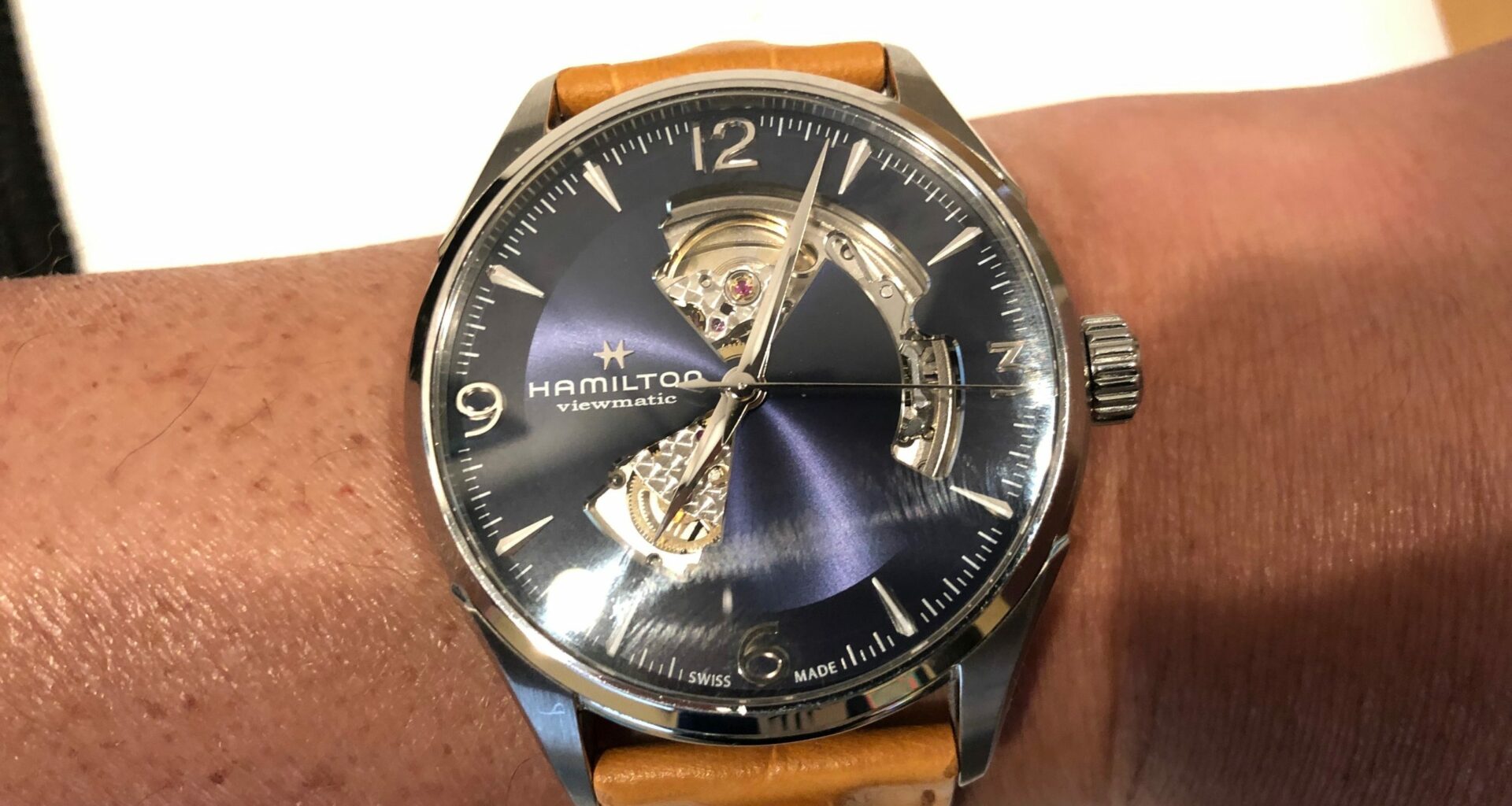I got bit by the mechanical watch bug.
It started a few years back when I was interested in smartwatches as the next major category in wearable tech. In what turned out to be a subpar cross-ecosystem experience, I had paired an Android Wear watch—albeit highly rated—to an iOS-running iPhone, and wore a gadget that told the time poorly and hacked together a tiny subset of its parent phone’s functionality. Worse, I had went with Android Wear in part because of its customizability and watch face flexibility, but it turned out most designs were pretty bad1, and the flat OLED screen as a watch dial just loses a lot of the beauty. I eventually gave up on smartwatches, though upon departure I did correctly anticipate that the success of the category will depend on how heavily it leans into fitness tracking.
Accessorizing my wrist, though, has made me curious about how traditional watches are faring; the last time I wore a watch was via a relative’s gift, back in junior high school. Turns out, there’s been a lot going on these past couple of years in the watch world—the combination of direct-to-consumer brands and smartwatches2 have revitalized the fashion watch industry. In fact, watches are such a popular category on Kickstarter that its inevitable parody holds enough truth for the job to sting pretty deep.
And in that research, traditional mechanical watches piqued my interest. A part of it is simply deobfuscating the vague notions of prestige and luxury from watchmaking—the Rolexes and Patek Philippes of the world—but a major factor is just appreciating the mechanical engineering and craftsmanship that goes into a sophisticated timepiece. Particularly for someone whose career has been about shuffling digital bits, mechanical movements—the gears and wheels and escapements and rotors that work together to tell the time—are fascinating pieces of machinery. It’s amazing that such mechanics, miniaturized to be strapped onto a wrist, embodies enough complexity and complication to inscribe time in hardware3.
Because of this fascination, I wanted my first adult watch to be able to show off its internal mechanisms from the dial. There are primarily two styles that expose their internal movements from the front:
- Open heart, where a small part of the dial—usually a circle—is cut out to reveal some part of the movement underneath.
- Skeleton, where most of the dial is cut out and the watch hands run over the exposed movement.
For lower end watches, i.e., something that costs less than a used car, open hearts and skeletons tend to either show off uninteresting movements, or render themselves illegible with the sheer busyness of their watch faces. I ended up going for the most tasteful open heart watch that didn’t feel over-the-top: a Hamilton Jazzmaster Open Heart Auto.
The fun has been seeing how deep the rabbit hole goes. Admittedly, the watch world has its fair share of luxury-for-the-sake-of-luxury brands, and discussions around the higher-end models end up sounding snobbish more often than not. Beyond branding, though, there are legitimately a spectrum of options in building a watch that affect its cost: the materials used, the accuracy and sophistication of the movement, the overall design and finishing4, the actual rarity and heritage of model and watchmaker itself. I had expected expensive watches to follow in the same inscrutable marketing rules as other luxury fashion, but was pleasantly surprised that there’s a bit more depth and breadth. Watches, for better or worse, is a domain that lends itself to nerding out5.
All that said, haute horlogerie—the art of watchmaking—has been around for hundreds of years, and has certainly developed a reputation more synonymous with cigars and yachts and excessive wealth than the mechanical craftsmanship that I find satisfying. Ultimately, finding that niche itself is a neat little hobby, even if the industry is better known for its astronomical price tags.
Which may just be par for the course within the Android ecosystem.↩
Some credit should go to Tag Hauer here; they tried early on to bank on this idea that smartwatches will fuel regular watch sales with a program that let you swap their Android Wear watch for a mechanical one.↩
By comparison, dates and times in software is also non-trivial.↩
At the top of the heap, watches have microscopic finishing details that can’t be appreciated without a loupe.↩




